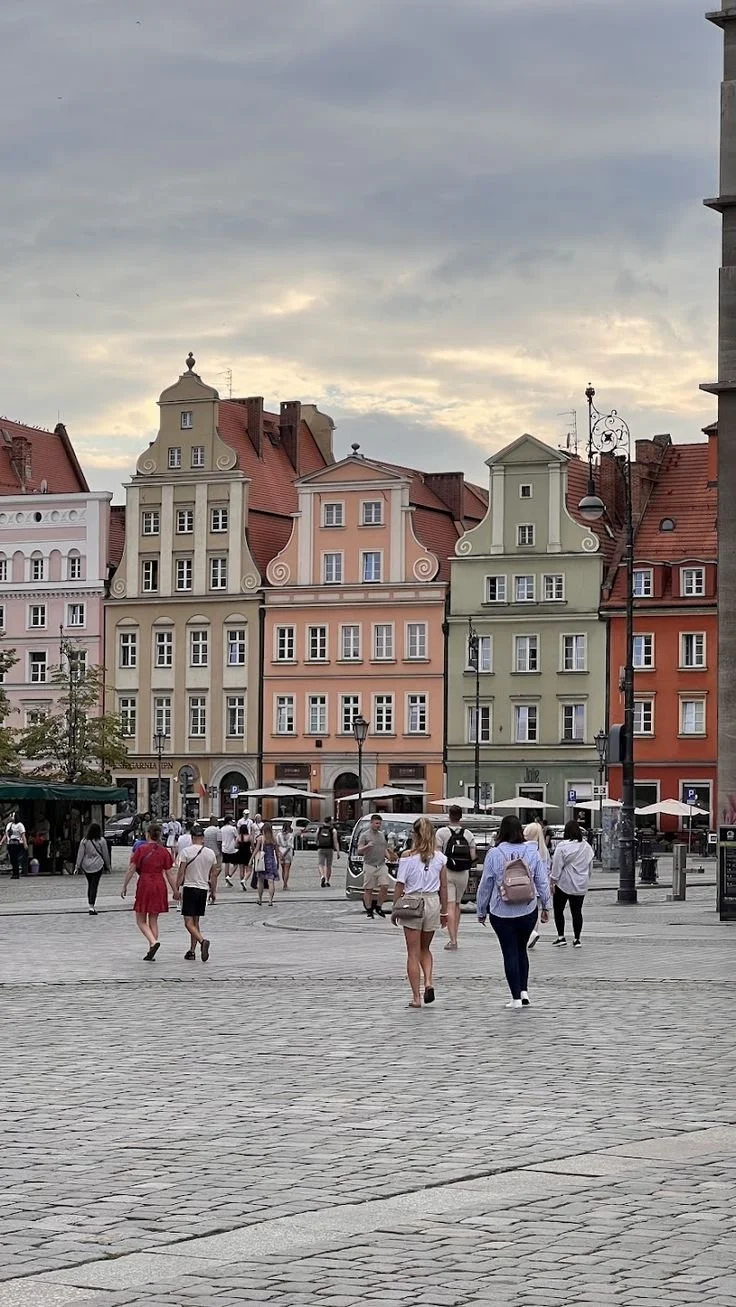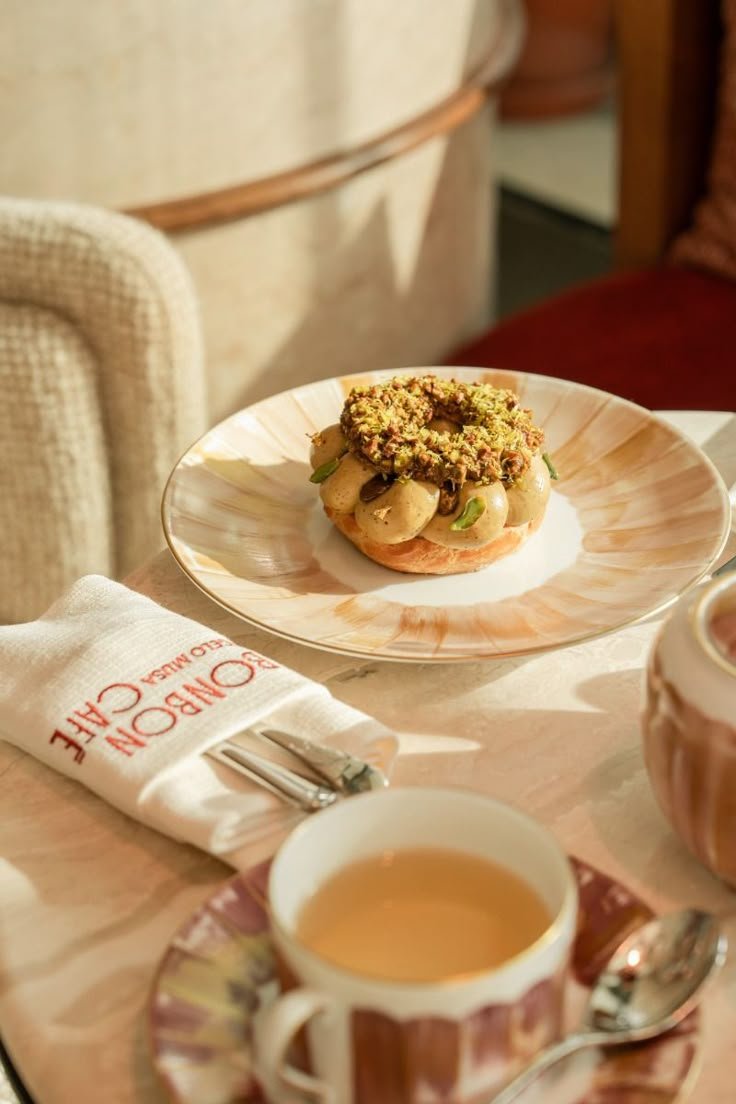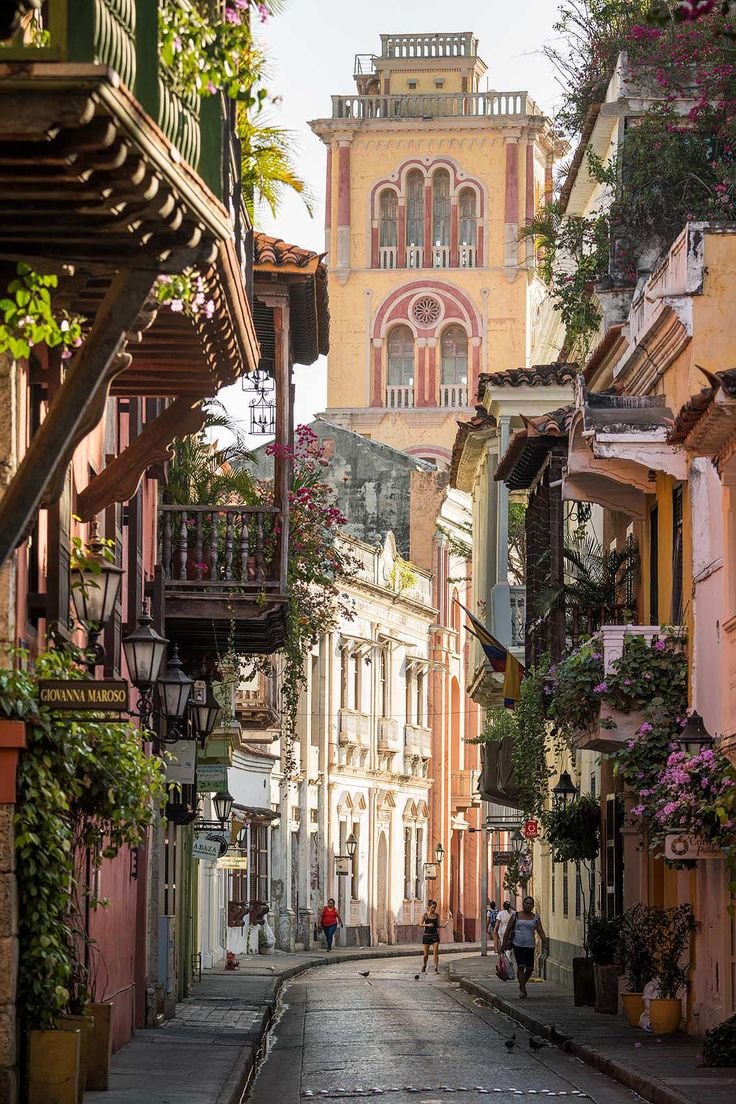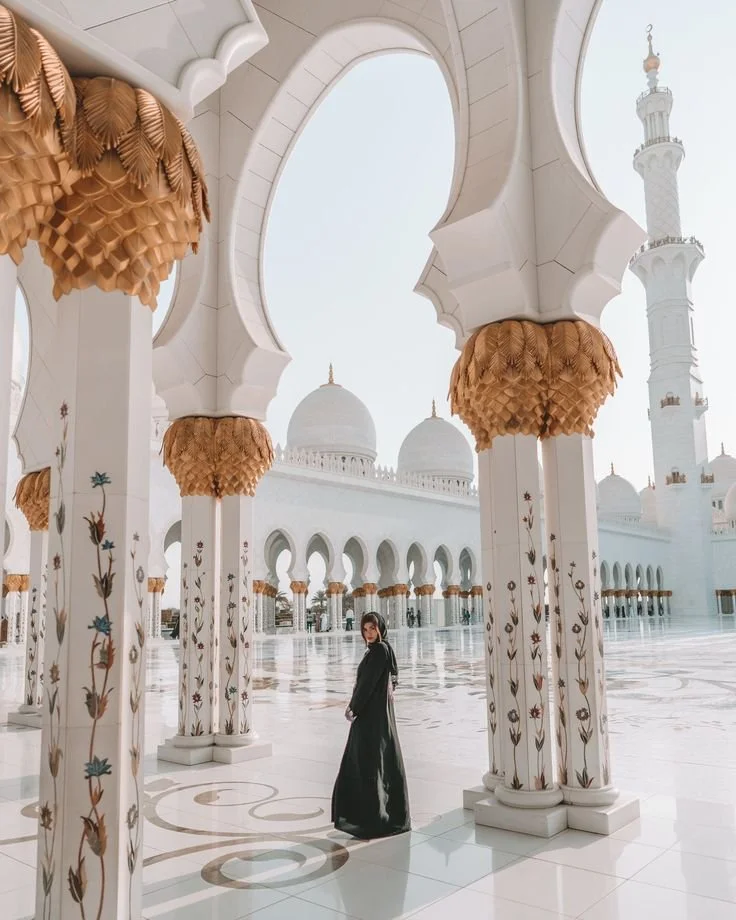The French Quarter: A Neighborhood With Rich History
The French Quarter, also known as Vieux Carré, is the oldest neighborhood in the vibrant city of New Orleans, Louisiana. Steeped in history and culture, this area is a melting pot of different influences, reflecting its rich and diverse past. Walking through the French Quarter is like taking a step back in time, where every street and building has a story to tell.
In this article, we learn about this mesmerizing city that has magnetized individuals from various cultural backgrounds, culminating in a captivating melting pot that endures through time. Traditions intertwine, creating a rich tapestry of diverse experiences and stories waiting to be explored by travelers from around the world.
No. 1
Early Beginnings
The history of the French Quarter dates back to 1718 when the city of New Orleans was founded by the French Mississippi Company, led by Jean-Baptiste Le Moyne de Bienville.
The area was strategically chosen for its high ground near the Mississippi River, which made it an ideal location for trade and defense. The original French settlers laid out the streets in a grid pattern, which still exists today, giving the neighborhood its unique and easily navigable layout.
Discover New Orleans’ vibrant culture and rich history by experiencing a New Orleans cocktail tour, offering a perfect way to explore the area while enjoying its famous drinks.
No. 2
A Blend of Cultures
The French Quarter's rich history is marked by a blend of French, Spanish, Creole, and American influences.
In 1762, the French ceded Louisiana to Spain, and the Spanish controlled New Orleans for nearly 40 years. During this period, many of the buildings that stand today were constructed, including the iconic St. Louis Cathedral and the Cabildo. Spanish architectural styles, such as arched doorways, wrought-iron balconies, and courtyards, became prominent features of the French Quarter.
The early 19th century brought significant changes when Louisiana became part of the United States in 1803 through the Louisiana Purchase. This event led to an influx of American settlers and further cultural blending. To this day, the French Quarter continues to evolve, incorporating new styles and influences while retaining its unique character.
No. 3
Architectural Marvels
One of the most striking aspects of the French Quarter is its architecture.
The neighborhood is renowned for its beautifully preserved buildings, many of which date back to the 18th and 19th centuries. The mix of French, Spanish, and Creole architectural styles creates a distinct and picturesque atmosphere.
Bourbon Street is perhaps the most famous street in the French Quarter, known for its lively nightlife, bars, and music venues. However, other streets like Royal Street and Chartres Street are equally captivating, lined with antique shops, art galleries, and historic landmarks.
The wrought-iron balconies adorned with lush green plants and colorful flowers are iconic symbols of the French Quarter. These balconies, often seen in postcards and photographs, add to the neighborhood's charm and character. The hidden courtyards, often behind unassuming doors, offer tranquil oases away from the bustling streets.
No. 4
Music and Festivities
The French Quarter is the heart of New Orleans' vibrant music scene.
Jazz, which originated in New Orleans, can be heard throughout the neighborhood. Street performers, jazz clubs, and music festivals fill the air with melodies that reflect the city's soul. The annual New Orleans Jazz & Heritage Festival is a major event that attracts music lovers from all over the world.
Mardi Gras, the famous carnival celebration, is another highlight of the French Quarter. This lively and colorful event features parades, costumes, and parties, drawing visitors from around the globe. The French Quarter becomes a hub of activity and excitement, showcasing the city's festive spirit.
No. 5
Preservation Efforts
Despite its age and the challenges it has faced, including fires, hurricanes, and floods, the French Quarter has been remarkably well preserved.
Preservation efforts by local organizations and residents have ensured that the neighborhood retains its historical integrity and charm. The Vieux Carré Commission, established in 1936, plays a crucial role in protecting the architectural and cultural heritage of the French Quarter. Strict regulations and guidelines are in place to maintain the authenticity of the buildings and streets, ensuring that the neighborhood remains a living testament to its rich history.
Takeaways
The French Quarter is more than just a neighborhood; it is a living museum that tells the story of New Orleans' past. Its blend of cultures, architectural beauty, and vibrant music scene make it a unique and enchanting place. Whether you're strolling down Bourbon Street, listening to jazz, or exploring hidden courtyards, the French Quarter offers an unforgettable journey through history. This neighborhood, with its enduring charm and rich heritage, continues to captivate and inspire visitors from all over the world.
LOOKING FOR TRAVEL RESOURCES?
Looking to embark on a transformative journey to discover new cultures, expand your horizons, and reconnect with yourself? From soul-nourishing destinations to transformative experiences around the globe, let us be your companion on the path to self-discovery through travel. Explore, learn, and awaken your wanderlust with our travel partners designed to support you on your next getaway.






























